(NLDO) - Nearly 1.5 centuries after the discovery of the "wandering" mummy, the tomb of the pharaoh with the "overshadowed dynasty" Thutmose II has been revealed.
Writing on X, the Egyptian Museum (headquartered in Cairo) said that a British-Egyptian research team had found the tomb of Pharaoh Thutmose II, the fourth king of the 18th Dynasty of ancient Egypt, husband of the famous Egyptian queen Hatshepsut.
This is the first tomb of a pharaoh to be discovered in Egypt in more than a century since the burial site of Pharaoh Tutankhamun was revealed in 1922.
And that was also 144 years after the mummy of Pharaoh Thutmose II was found (in 1881).
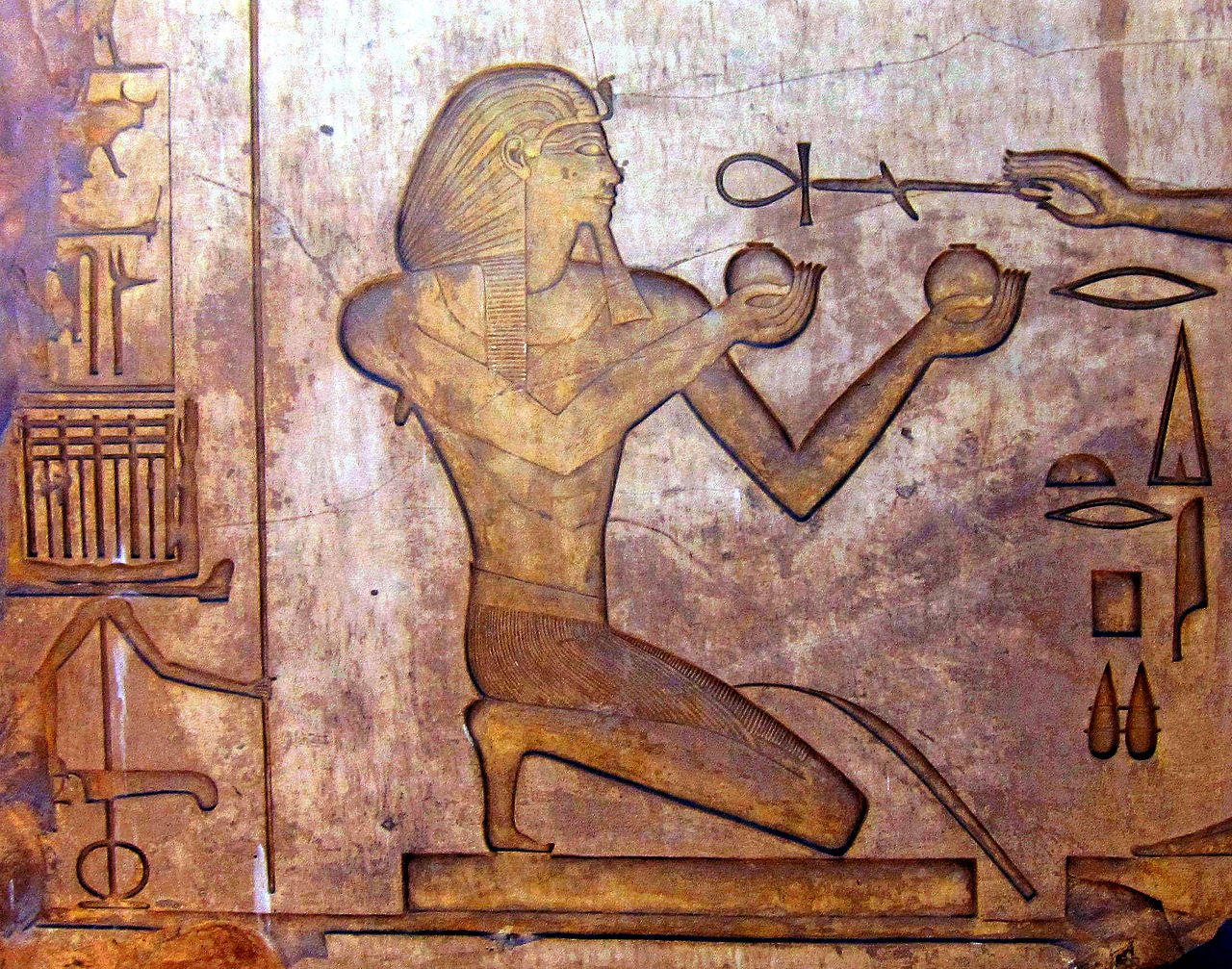
A relief inside the tomb of Pharaoh Thutmose II - Photo: EGYPTIAN MUSEUM
"The grandeur of the burial site was immediately apparent, with a grand staircase and an imposing descending corridor," said Dr Piers Litherland from the McDonald Institute of Archaeological Research at the University of Cambridge, UK, field director of the excavation.
Part of the 3,500-year-old ceiling remains intact with its blue paint and yellow stars, a decoration only found in pharaohs' tombs.
In addition, the ceiling is also decorated with Amduat, an ancient funerary text reserved for kings, which helps scientists confirm the identity of the person buried in the tomb.
The team had to crawl through a narrow 10-meter-long passage and squeeze through an opening less than 40 square centimeters to reach this room with a green ceiling.
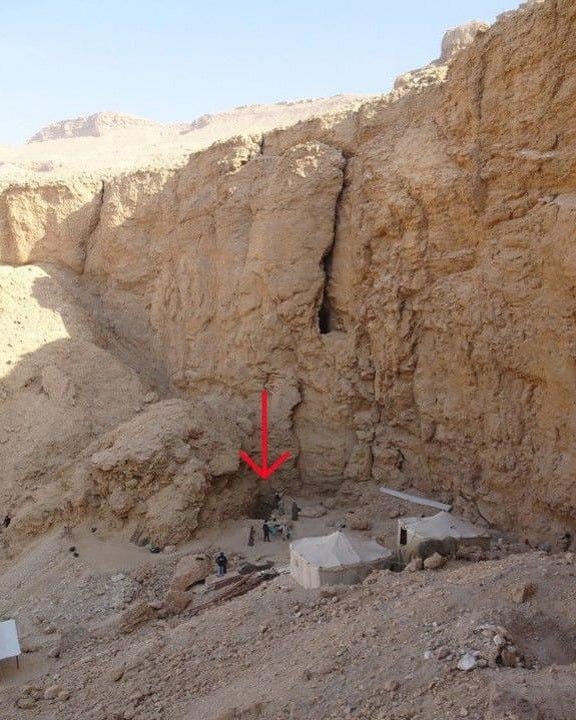
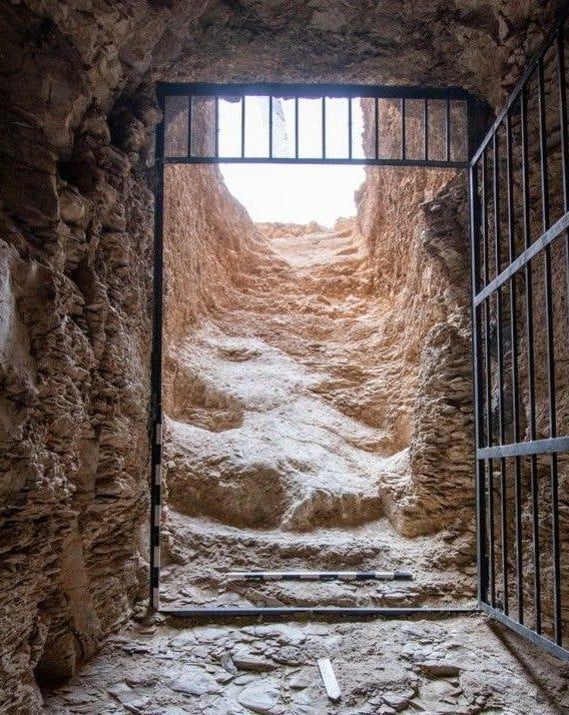
The entrance to the tomb of Thutmose II was found at the foot of a cliff - Photo: EGYPTIAN MUSEUM
Confirmation that the tomb's owner was Thutmose II comes in the form of glass jar fragments inscribed with his name and that of Queen Hatshepsut.
Details suggest the tomb may have been flooded about six years after burial, possibly causing the removal of the contents.
That may be why the pharaoh's body was moved by his wife Hatshepsut to a secret burial site at Deir el-Bahri, a temple complex located directly above Hatshepsut's temple on the west bank of the Nile.
Archaeologists also believe that there are still many treasures hidden inside the architectural complex and that what they have accessed is only a small part of the tomb.
According to researchers, this discovery solves a great mystery of ancient Egypt, which is the location of the tombs of the 18th Dynasty kings.
The tomb of Thutmose II has never been found as it was always thought to be located on the other side of the mountain near the Valley of the Kings.
When the first signs of this tomb were discovered, archaeologists thought it was the tomb of a queen, the wife of a pharaoh, with the leading hypothesis being the wife of Pharaoh Thutmose II's son.
This is also a very valuable discovery because it promises to clarify many things about this pharaoh whose history is poorly recorded. His reign is described by Egyptologists as being overshadowed by the power of his famous wife Hatshepsut.
Thutmose II ruled Egypt from 1493 to 1479 BC, and had some achievements, but it is believed that the real power was Hatshepsut, because the policies he introduced were identical to what Hatshepsut did when her husband died.
Hatshepsut was the half-sister and first wife of Thutmose II. Upon his death, she acted as co-ruler with Thutmose III - Thutmose II's son and a concubine - as regent.
However, Egyptian history considers Hatshepsut to be the true ruler and often refers to her officially as Pharaoh Hatshepsut.
Pharaoh Hatshepsut reigned for 21 years (1479 to 1458 BC), helping Egypt enter a period of peak prosperity.
She successfully commanded many important military campaigns that re-established ancient Egypt's disrupted trade networks and directed the construction of many great works.
Source: https://nld.com.vn/tim-thay-mo-nguoi-chong-bi-lang-quen-cua-nu-pharaoh-lung-danh-196250221093844069.htm


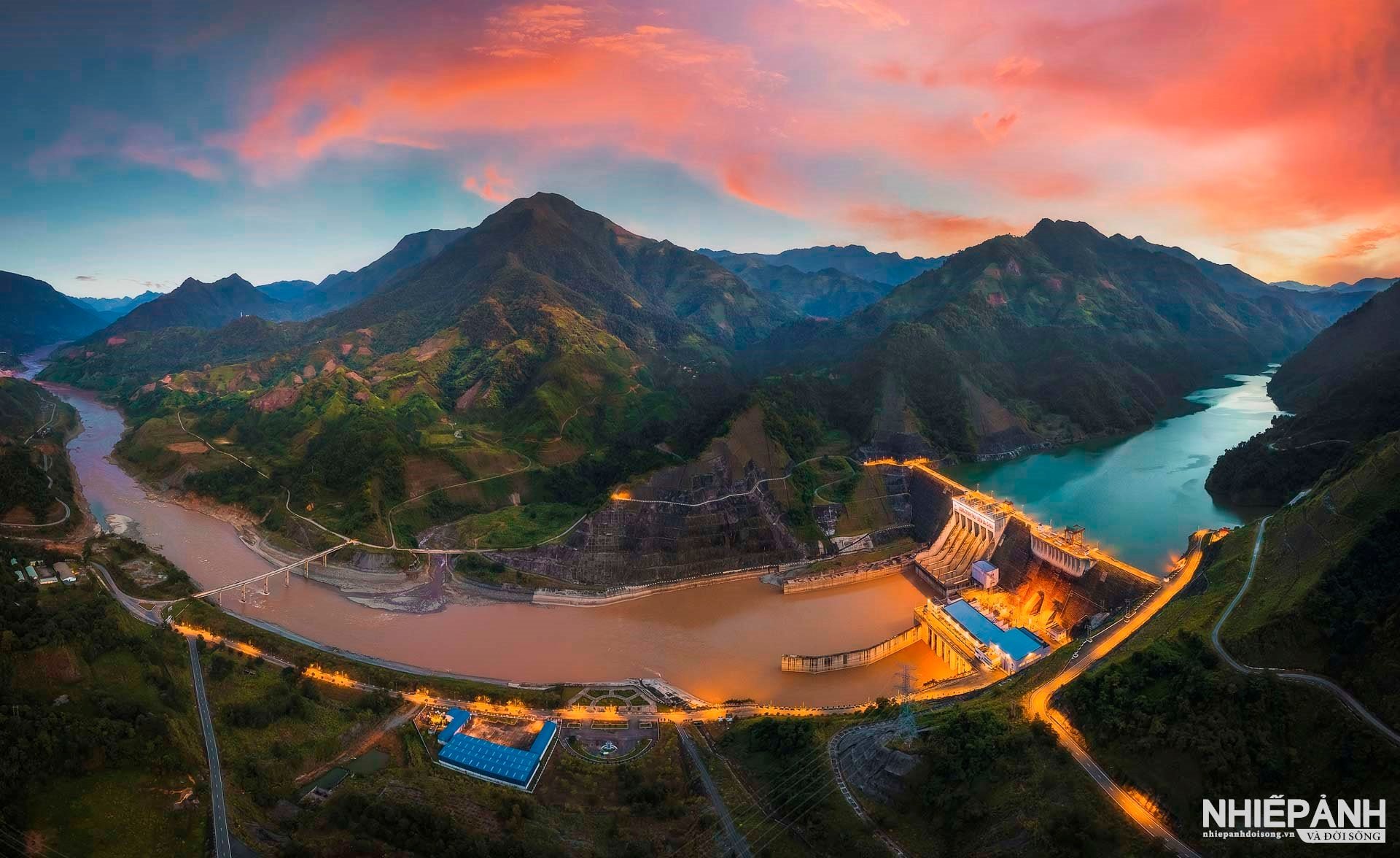

![[Photo] Prime Minister Pham Minh Chinh receives delegation of leaders of US universities](https://vstatic.vietnam.vn/vietnam/resource/IMAGE/2025/3/31/8be7f6be90624512b385fd1690124eaa)
![[Photo] General Secretary To Lam receives US Ambassador to Vietnam Marc E. Knapper](https://vstatic.vietnam.vn/vietnam/resource/IMAGE/2025/3/31/5ee45ded5fd548a685618a0b67c42970)
![[Photo] Speeding up construction of Ring Road 3 and Bien Hoa-Vung Tau Expressway](https://vstatic.vietnam.vn/vietnam/resource/IMAGE/2025/3/31/f1431fbe7d604caba041f84a718ccef7)
![[Photo] 2nd Conference of the Party Executive Committee of Central Party Agencies](https://vstatic.vietnam.vn/vietnam/resource/IMAGE/2025/3/31/8f85b88962b34701ac511682b09b1e0d)
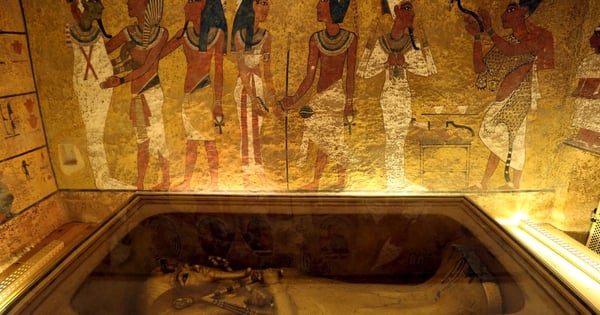


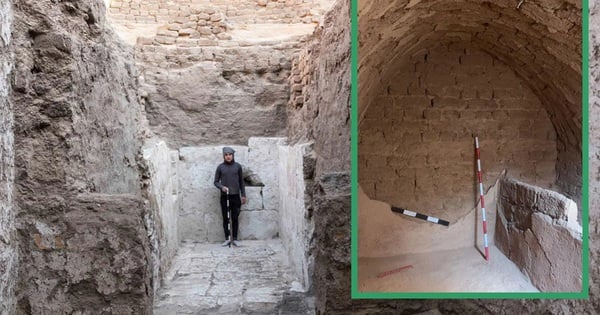

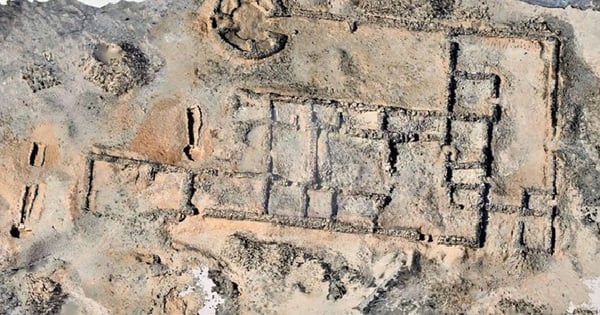



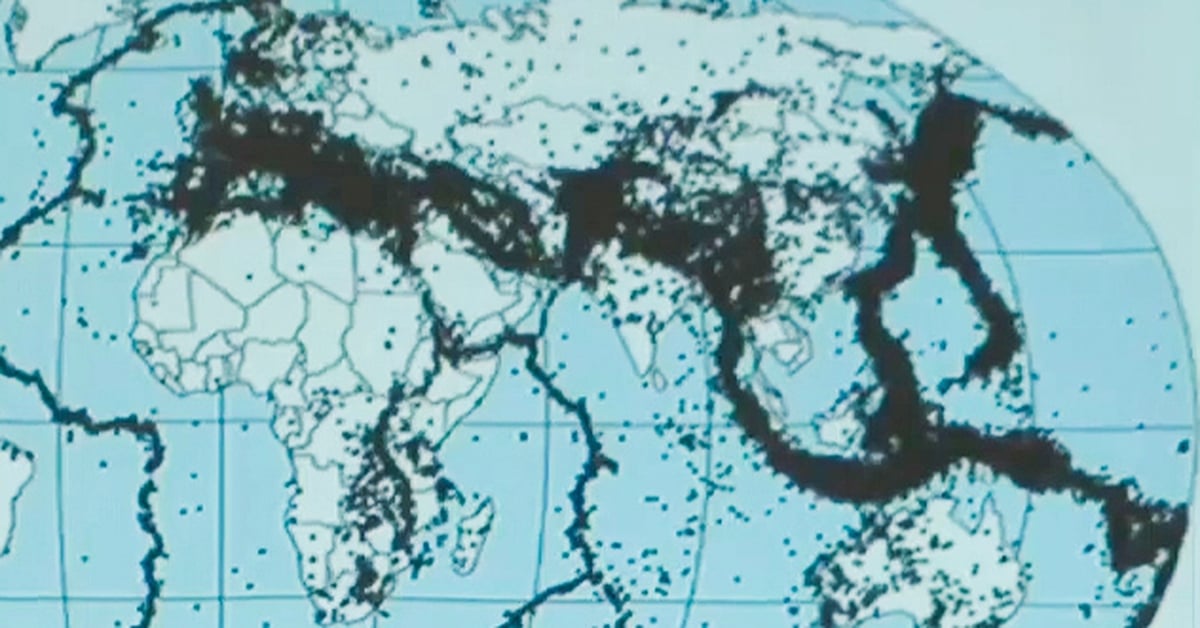


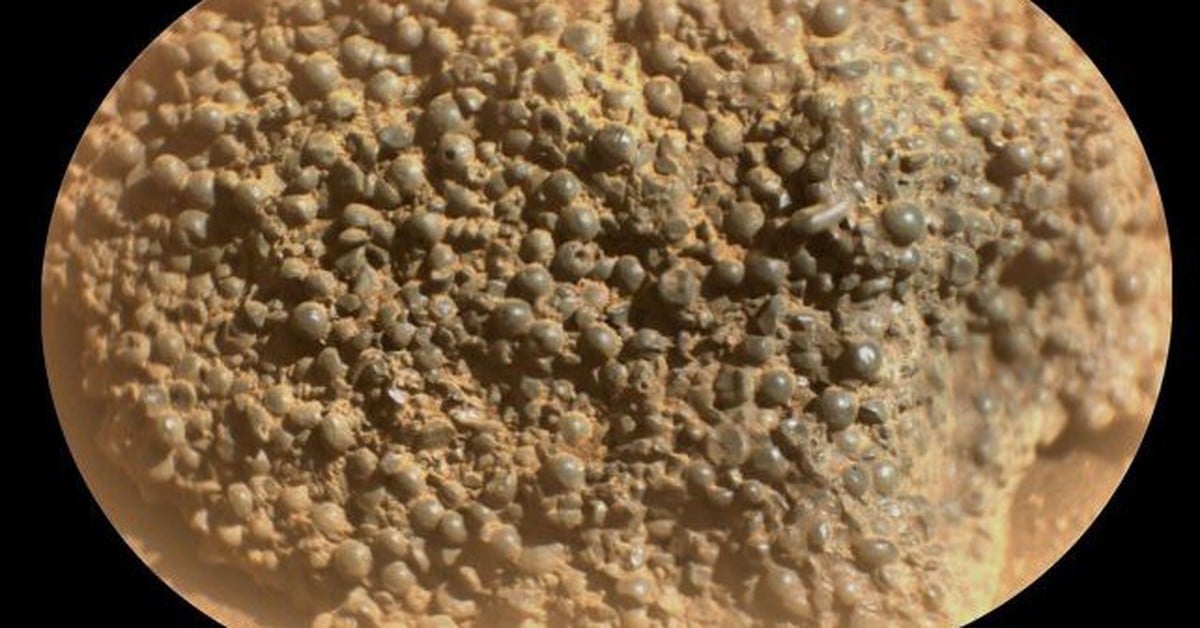




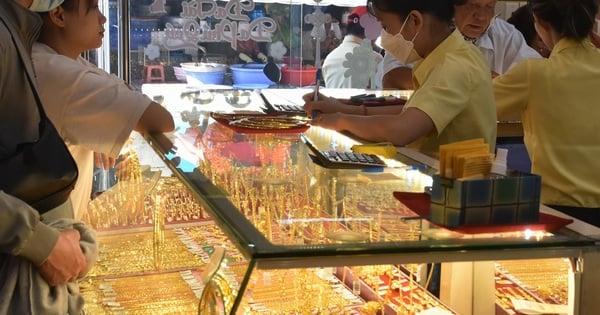


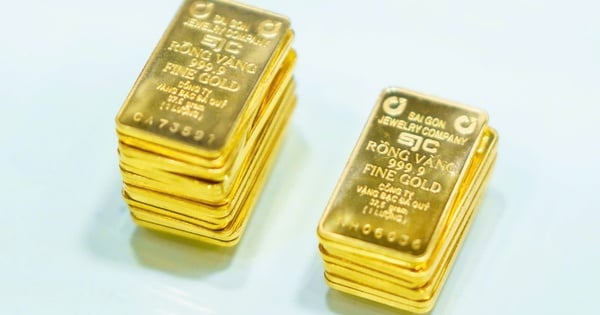


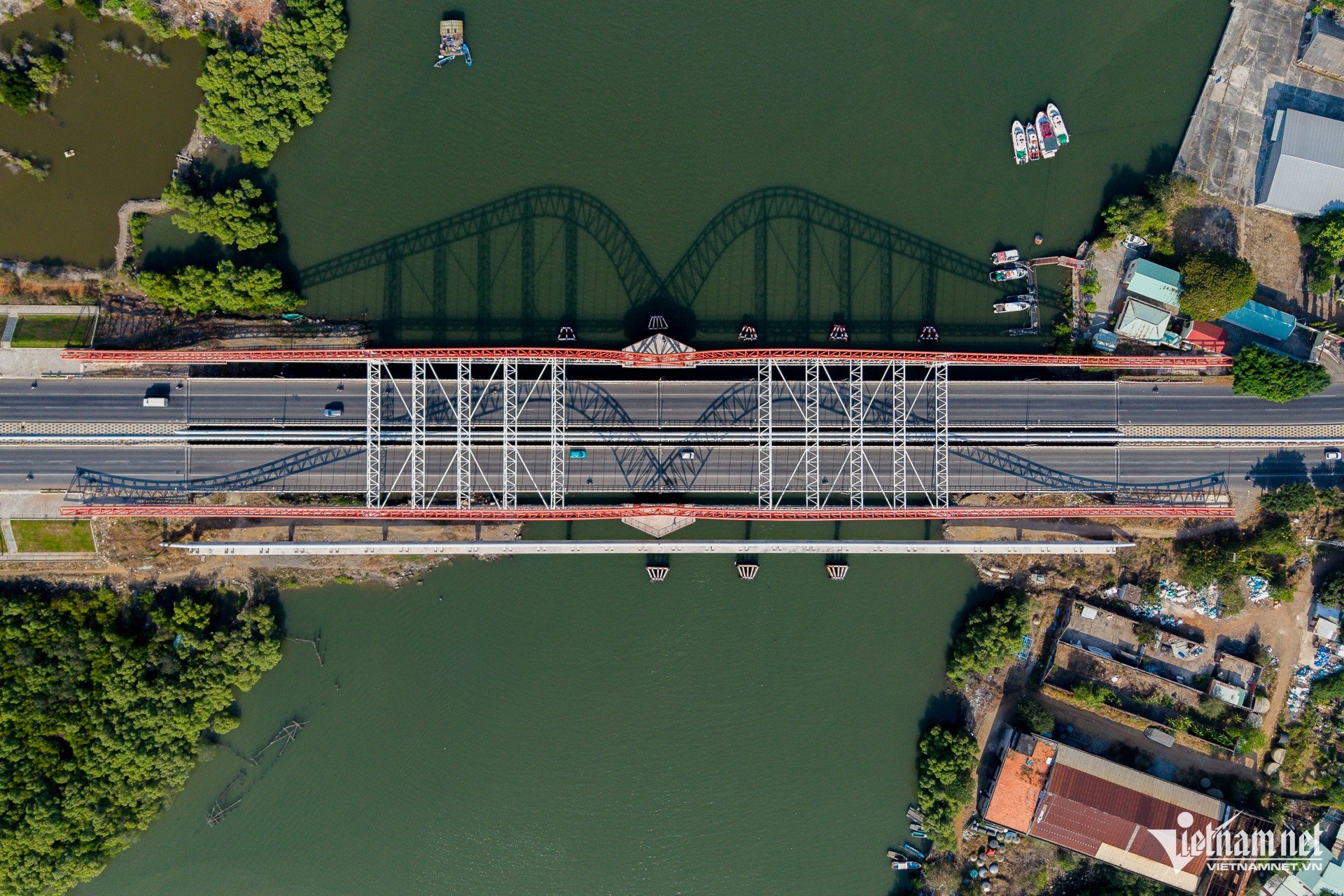
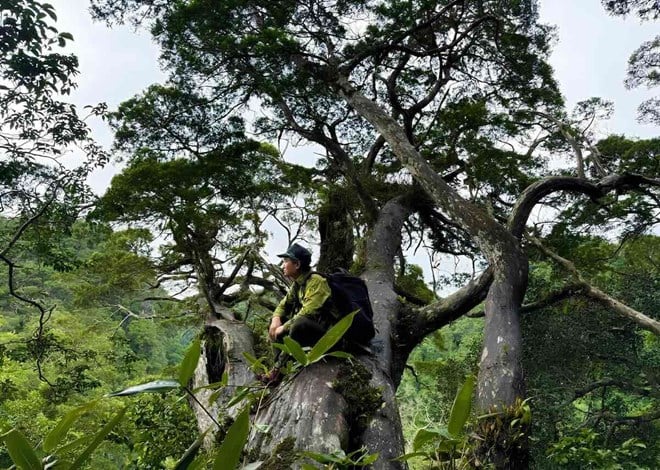

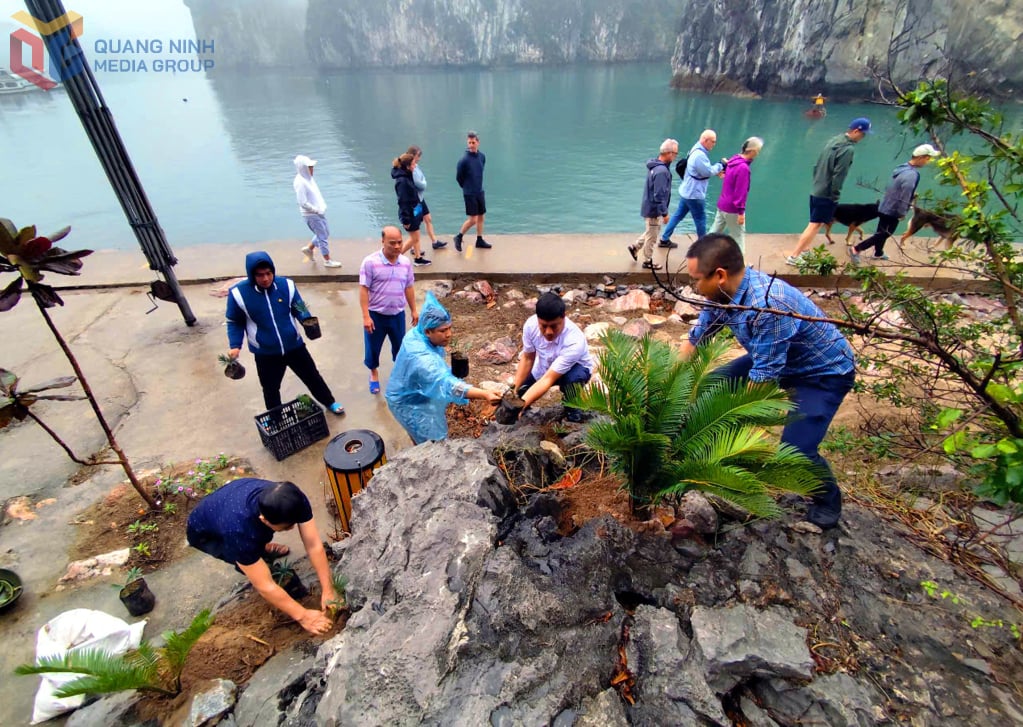

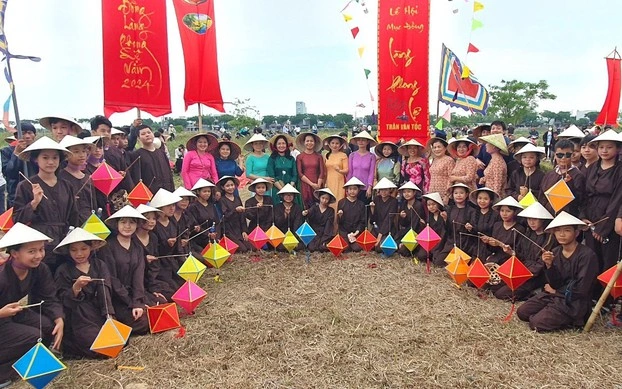




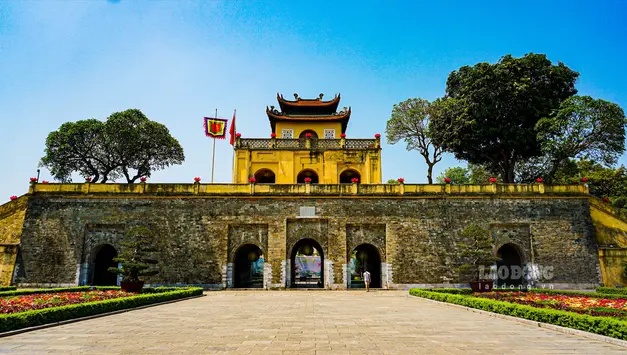



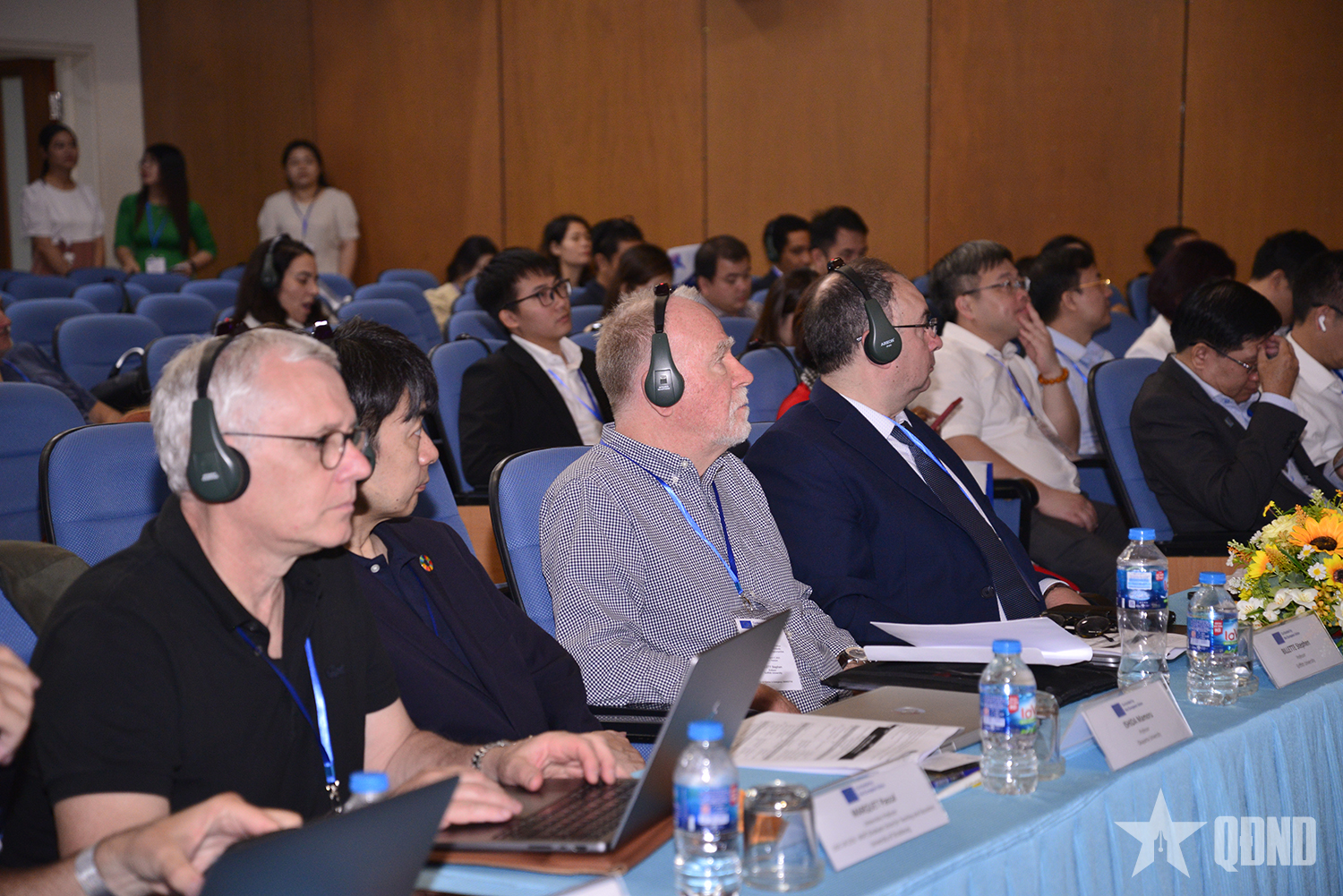



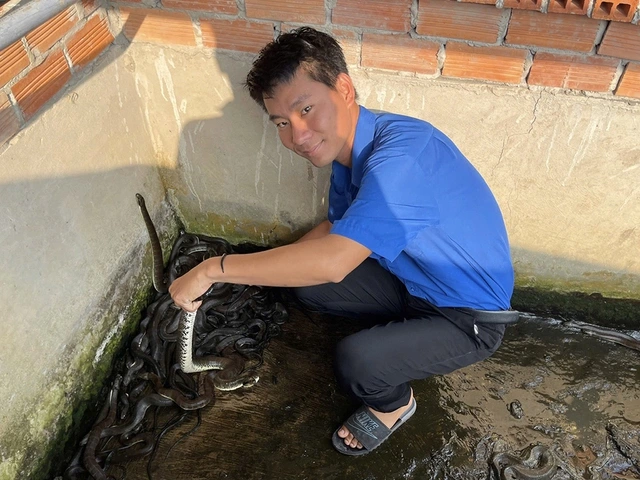











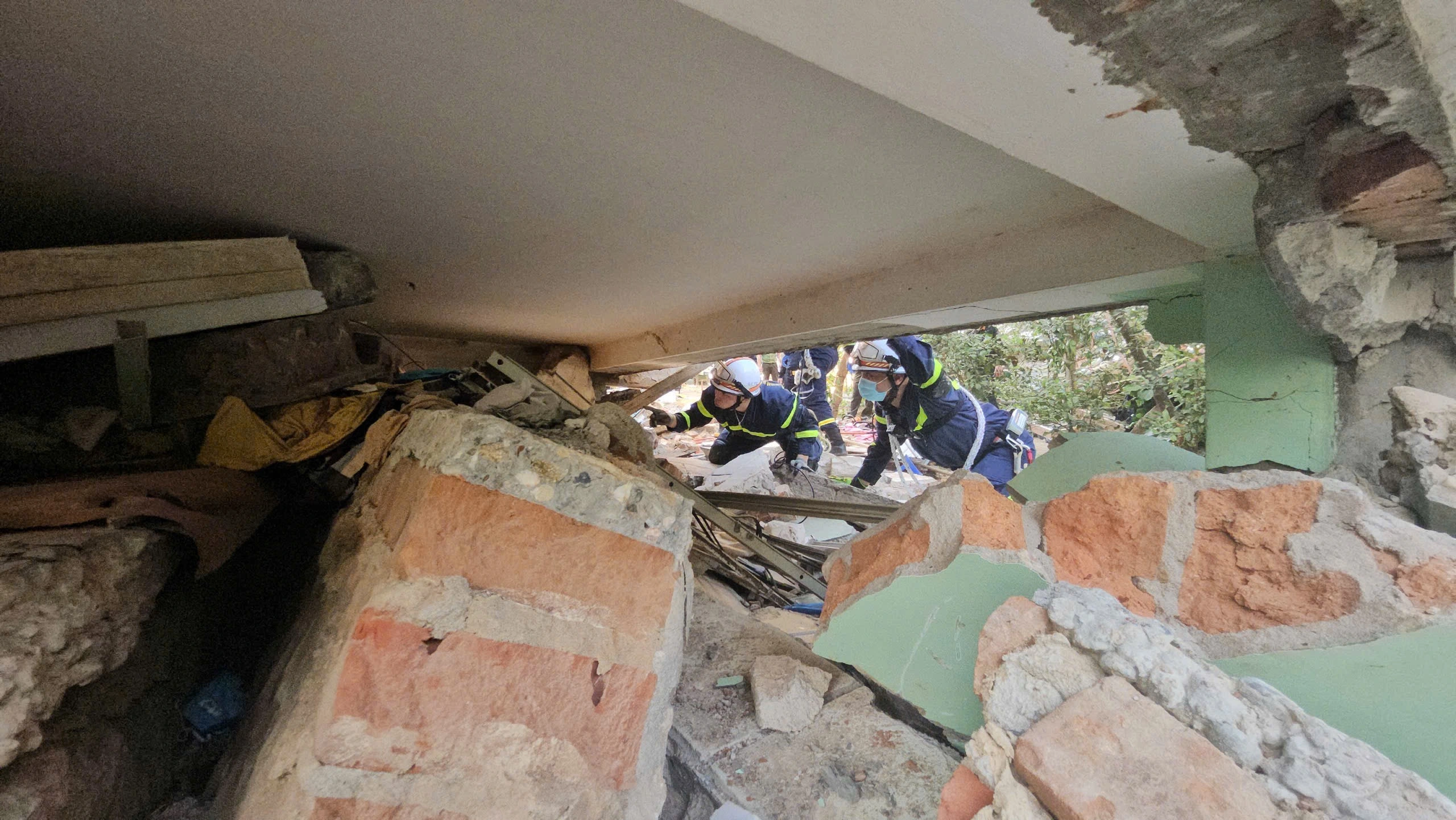
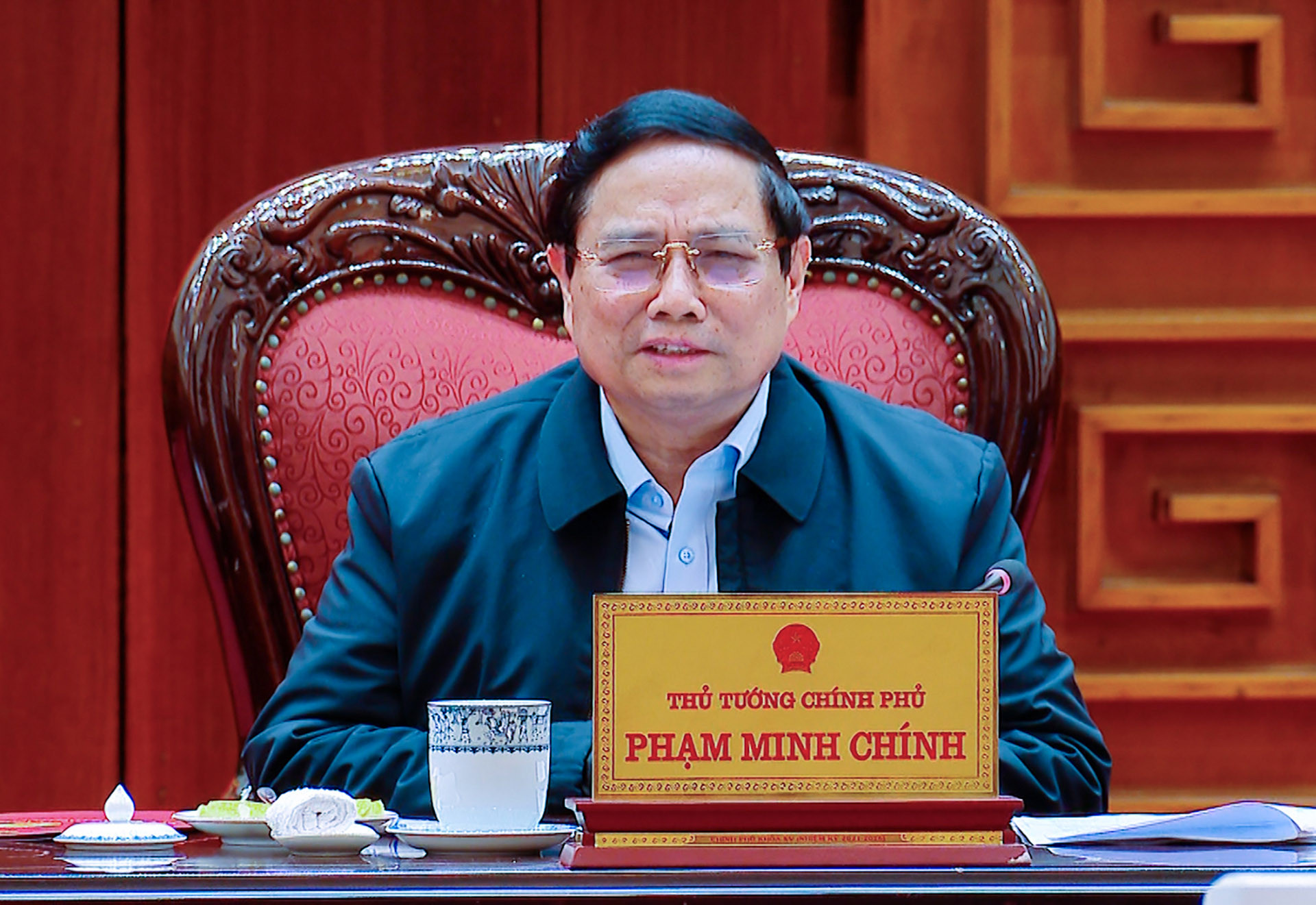

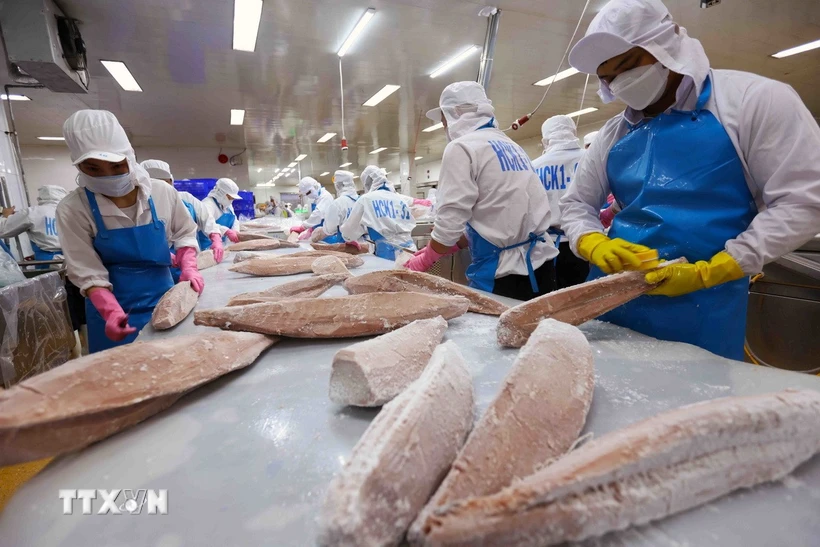



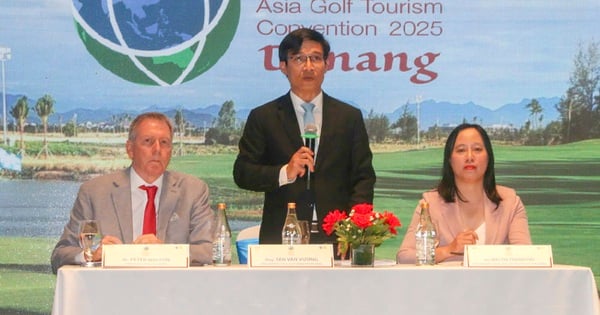

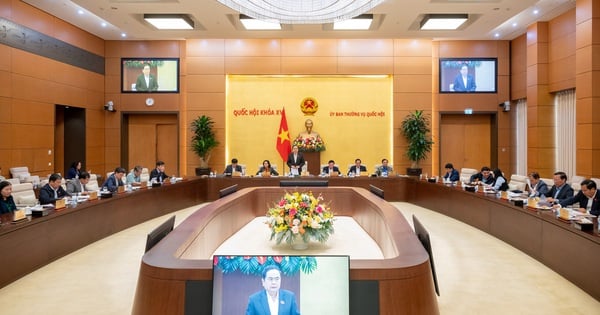

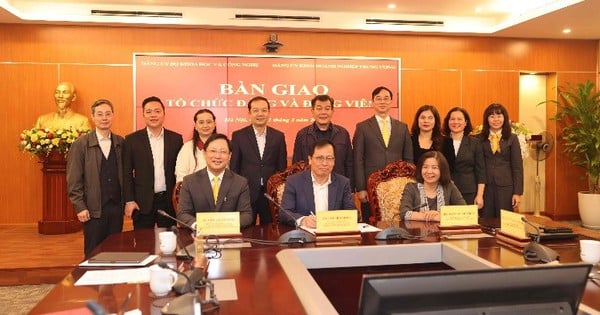


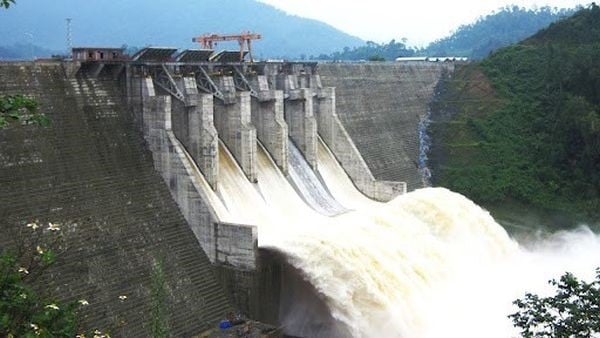





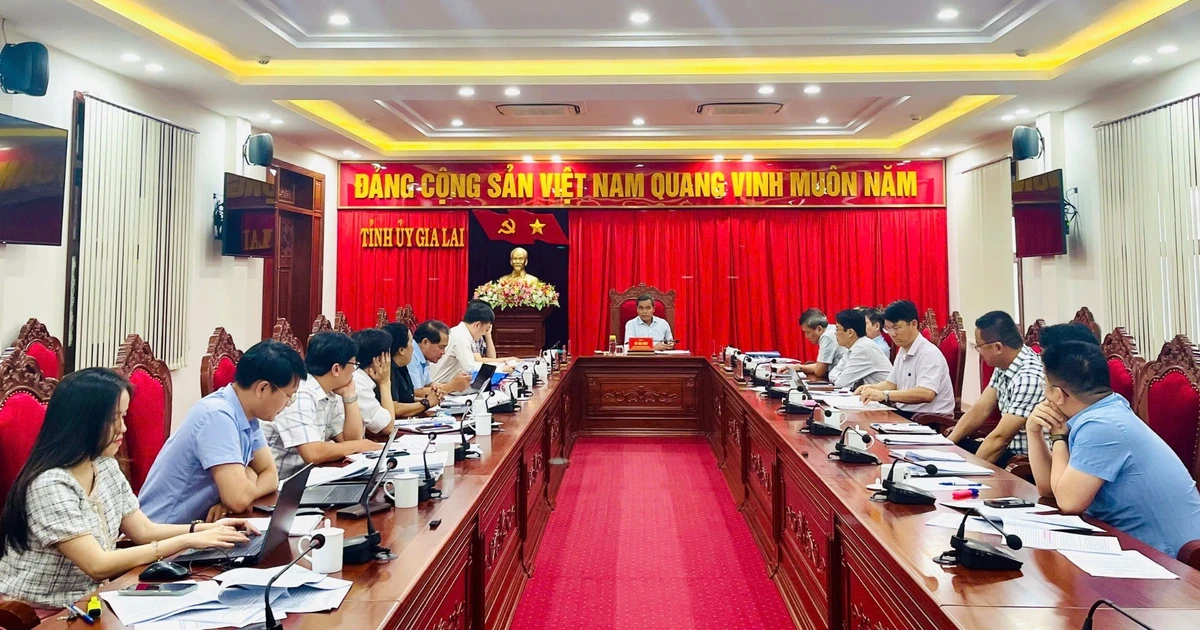

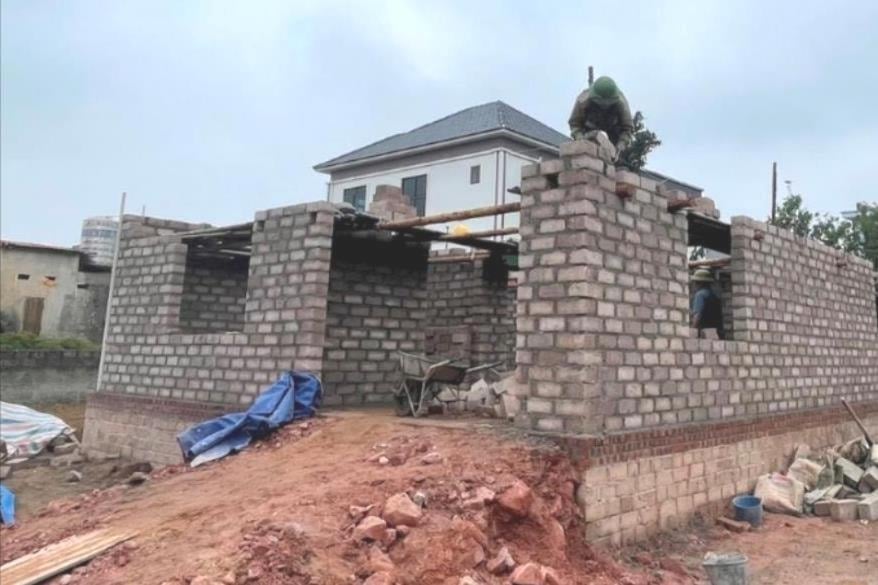



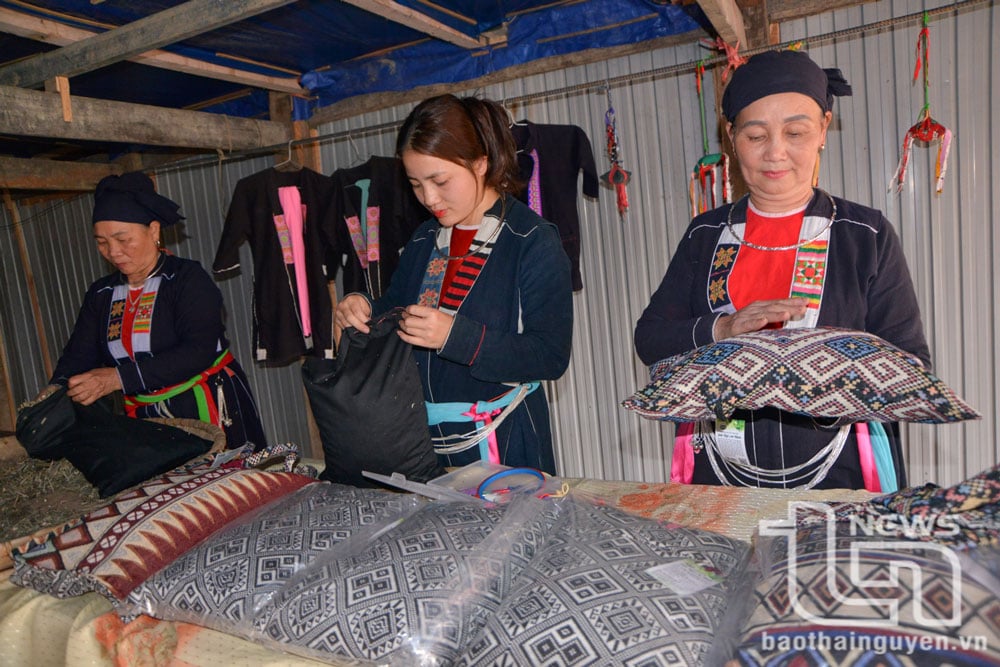









![[REVIEW OCOP] An Lanh Huong Vet Yen Cat](https://vstatic.vietnam.vn/vietnam/resource/IMAGE/2025/3/27/c25032328e9a47be9991d5be7c0cad8c)

Comment (0)